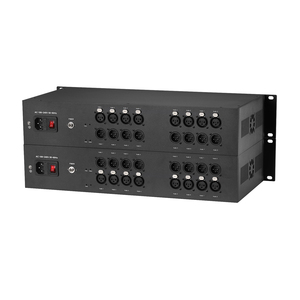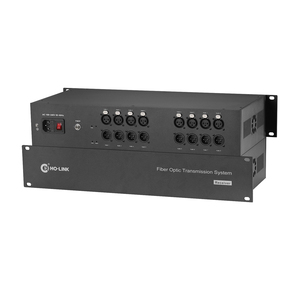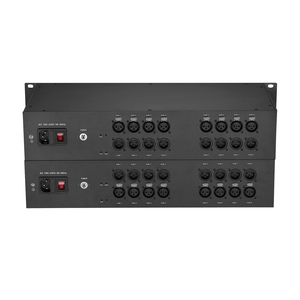Introduction to Single XLR Audio Interface
The single XLR audio interface is an essential tool for musicians, audio engineers, and content creators who require high-quality sound input and output. This compact device brings the power of professional audio to your desktop or recording studio, enabling precise sound capture and playback. Whether you are recording vocals, instruments, or even podcasts, a single XLR audio interface can simplify the process and enhance the quality of your recordings.
Types of Single XLR Audio Interfaces
When it comes to single XLR audio interfaces, there are various types available, each designed to cater to specific needs and preferences. Understanding these types can help you choose the right interface for your application.
- USB Audio Interfaces: These are the most common types, offering plug-and-play functionality with computers. They are ideal for both home studios and mobile recording.
- Firewire Audio Interfaces: These interfaces provide low latency and high-speed data transfer, making them suitable for professional use and larger audio projects.
- Thunderbolt Interfaces: Known for their ultra-fast performance, Thunderbolt interfaces support multiple channels and offer superior sound quality, perfect for serious audio professionals.
- Standalone Interfaces: These devices function independently and often include built-in DSP (Digital Signal Processing) capabilities for real-time monitoring and effects.
Applications of Single XLR Audio Interfaces
The versatility of a single XLR audio interface allows it to be used in various scenarios across different fields:
- Music Production: Capture instruments and vocals in high quality, making it a staple in any music producer’s toolkit.
- Podcasting: Improve audio clarity and depth, enabling clear conversations and interviews that engage listeners.
- Live Streaming: Enhance the audio quality of live broadcasts, ensuring that your audience receives a professional sound experience.
- Field Recording: Ideal for musicians and filmmakers needing to capture high-quality audio in different environments.
Features and Advantages of Single XLR Audio Interfaces
Understanding the features and advantages of a single XLR audio interface can help you appreciate why these devices are essential:
- High-Quality Audio Conversion: Most modern interfaces provide excellent analog-to-digital and digital-to-analog conversion, ensuring clear and precise sound.
- Low Latency Monitoring: Many interfaces offer real-time monitoring capabilities, allowing users to hear their audio without any noticeable delay.
- Compatibility: They are typically compatible with various digital audio workstations (DAWs), making them versatile for different setups.
- Quality Preamps: A single XLR input usually features high-quality preamps that can make dialogue and instruments sound rich and full.
- Portable: The compact size and USB-powered design of many interfaces make them perfect for musicians on the go.


























































































































































































































